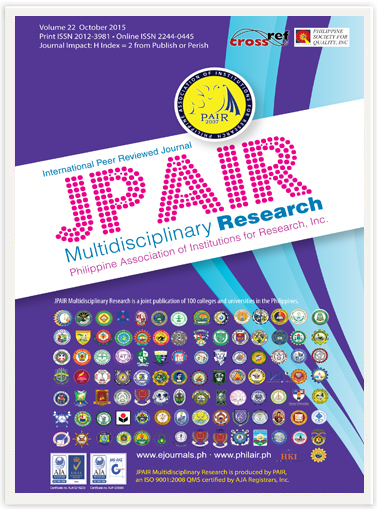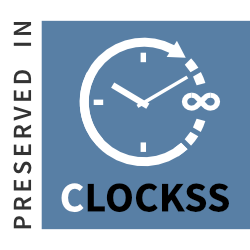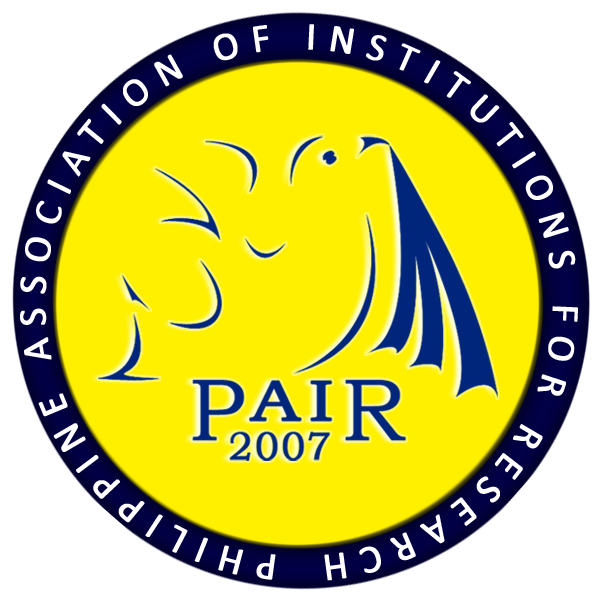Syntactic Patterns of News Headlines in Philippine and American Newspapers
DOI:
https://doi.org/10.7719/jpair.v22i1.335Keywords:
Linguistics, syntactic patterns, news headlines, newspapers, descriptive research design, Batac City, PhilippinesAbstract
Linguistic and rhetorical patterns of texts are intertwined with writers’ socio-cultural backgrounds. The study explored the syntactic patterns of news headlines in Philippine and American newspapers. Specifically, it examined the grammatical patterns and cohesive conjunctions commonly employed by news writers; the contrastive analysis on the use of cohesive conjunctions in long headlines; and the cultural practices reflected in headline writing. Descriptive
research design was utilized in the study. Data analyzed were 30 news headlines obtained from the online edition of six leading newspapers from the two countries published daily from August 15-21, 2015. Frequency counts and percentage were employed to quantify the frequency of occurrence of the patterns. Results revealed that S-V-O emerged as the commonly employed syntactic pattern by Filipino and American writers. It is frequently applied either in simple sentences or multiple sentences. The rhetorical pattern of the two speech communities regarding cohesive conjunctions is built on the adversative. Comparatively, ‘but’ is the adversative cohesive conjunctions commonly used. Similarities of the commonly used grammatical structure existed in the two nationalities as reflected in the writing of news headlines. In contrast, S-V-C pattern was employed in American headlines while the additive ‘and’ was used in Philippine headlines. Thus, Philippine and American headlines manifest parallelism in commonly used syntactic patterns and cohesive conjunctions but have distinct differences in other grammatical aspects.
Downloads
References
Bonyadi, A., & Samuel, M. (2013). Headlines in newspaper editorials. SAGE Open, 3(2), 1-10.
Downloads
Published
Issue
Section
License
Copyright (c) 2015 Rommel V. Tabula, Richard S. Agbayani

This work is licensed under a Creative Commons Attribution-NonCommercial 4.0 International License.
Open Access. This article published by JPAIR Multidisciplinary Research is licensed under a Creative Commons Attribution-Noncommercial 4.0 International (CC BY-NC 4.0). You are free to share (copy and redistribute the material in any medium or format) and adapt (remix, transform, and build upon the material). Under the following terms, you must give appropriate credit, provide a link to the license, and indicate if changes were made. You may do so in any reasonable manner, but not in any way that suggests the licensor endorses you or your use. You may not use the material for commercial purposes.




















